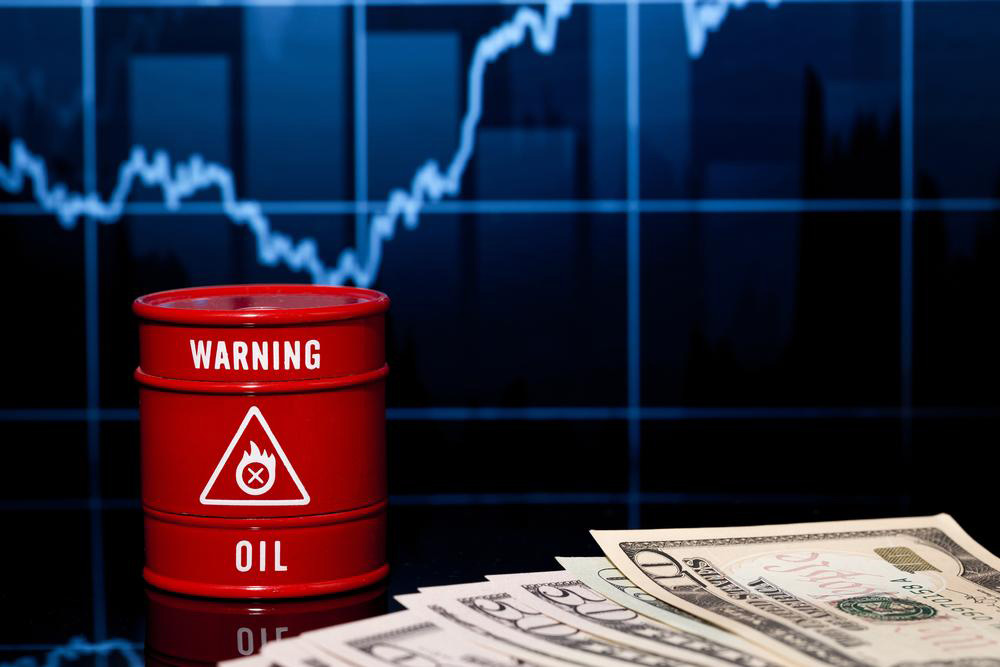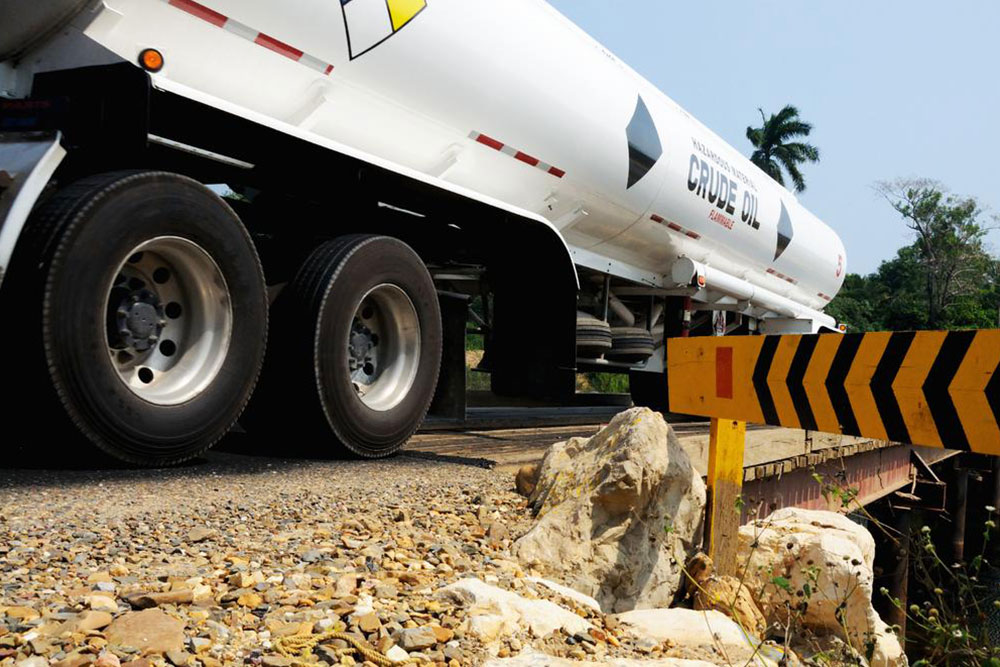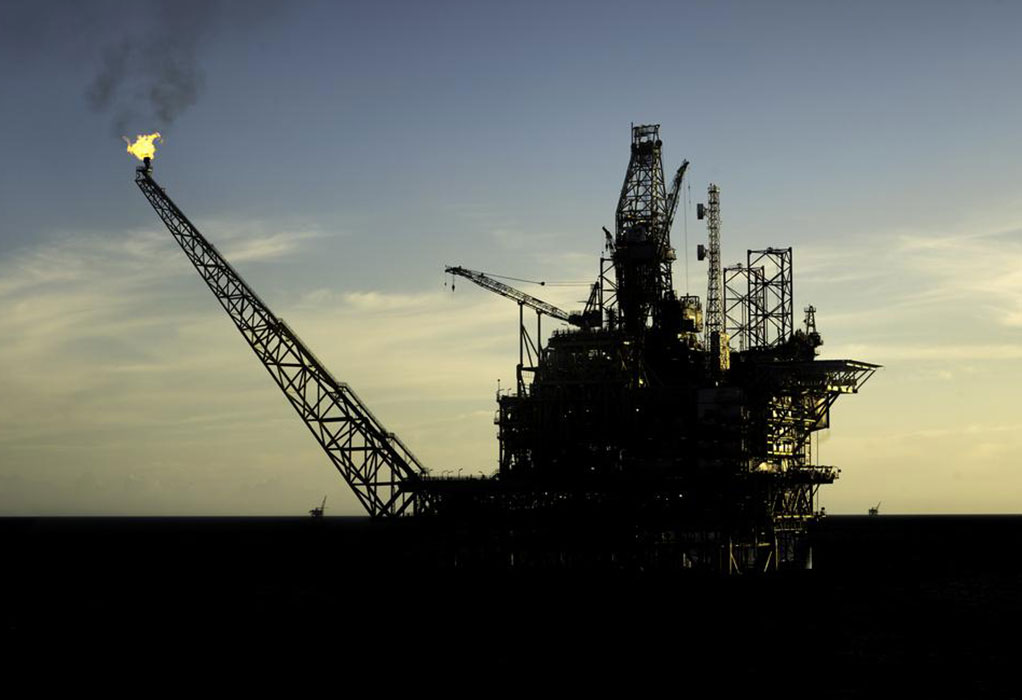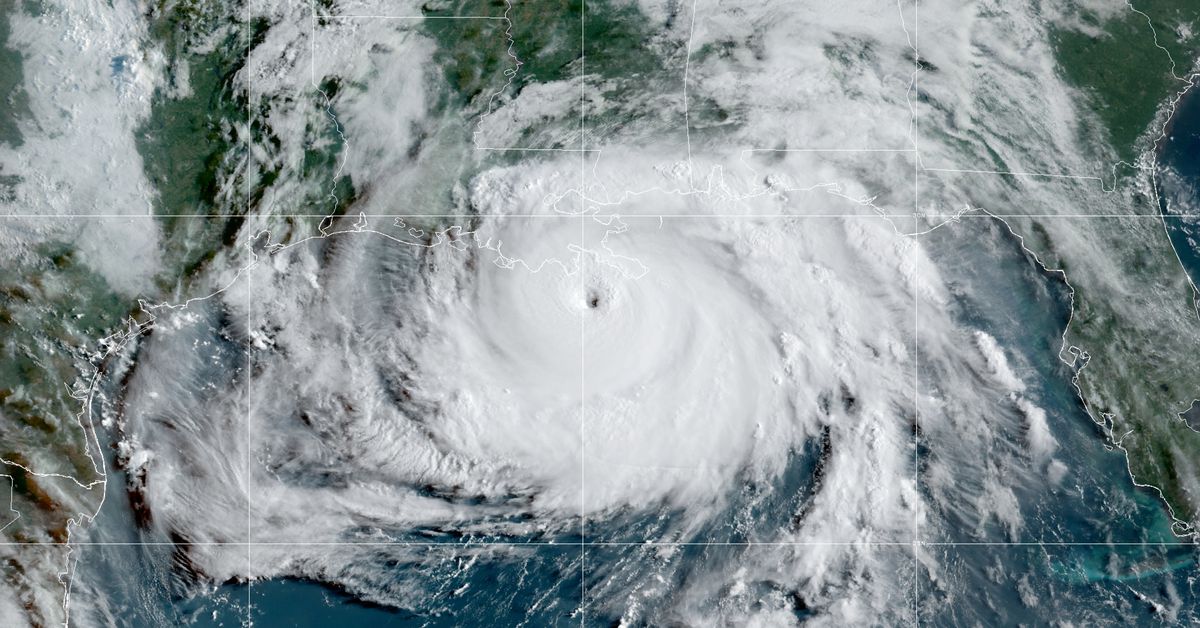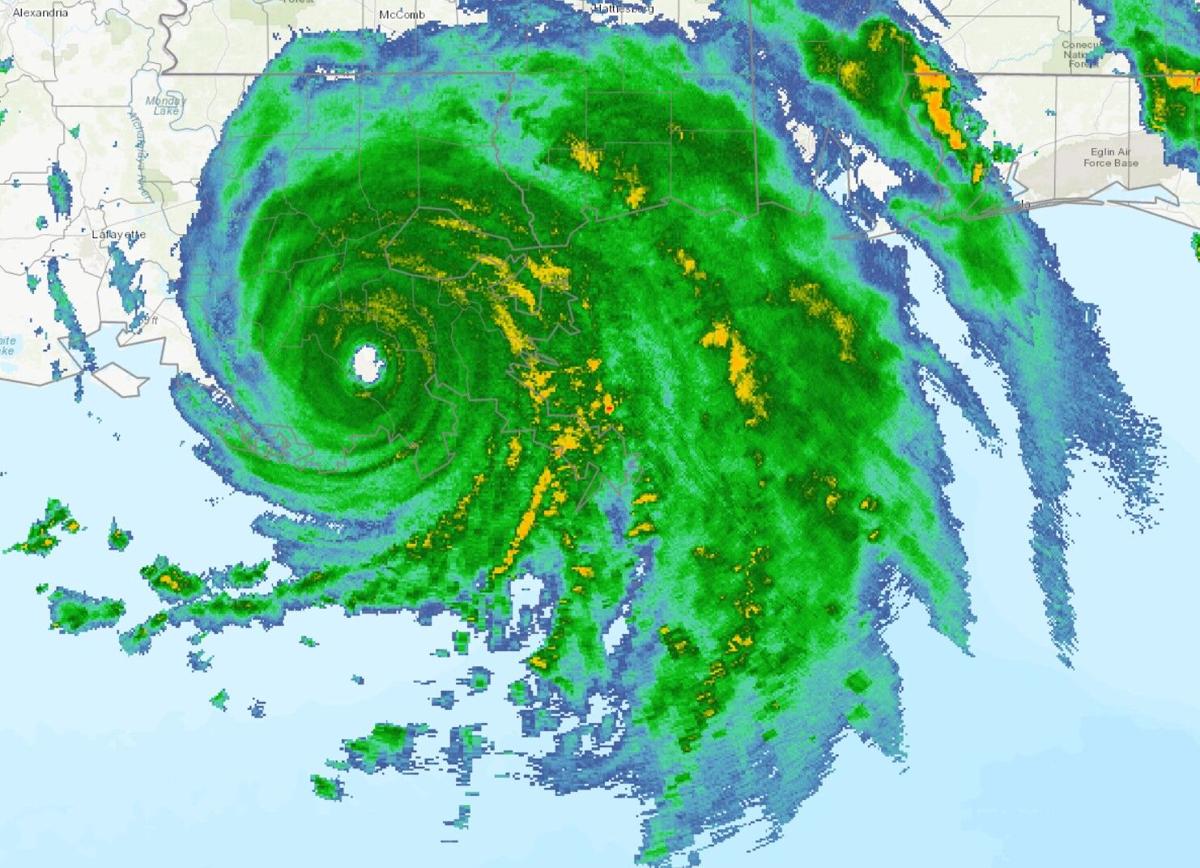How many big mountains are there for international crude oil to capture 80 US dollars?
The US API crude oil inventories fell by 4.728 million barrels in the week to July 23, which is expected to decrease by 3.433 million barrels. In terms of data, API inventory fell again after a brief rebound, and it was 1.295 million barrels more than the expected decline.

The US API crude oil inventories fell by 4.728 million barrels in the week to July 23, which is expected to decrease by 3.433 million barrels. In terms of data, API inventory fell again after a brief rebound, and it was 1.295 million barrels more than the expected decline. The sharp drop in inventory also reflects the increase in demand to a certain extent, and also gives support to prices. However, from the perspective of international oil price trends, the direction of oil prices is not yet clear. After the V-shaped reversal, U.S. oil fluctuated. The previous high of $76.98/barrel has not been able to break, accompanied by a rebound in global new crown virus cases. The situation, the uncertainties of oil prices have increased significantly.
Supply has rebounded and shale oil production has increased by 300,000 barrels per day
Starting in May 2022, OPEC+'s total baseline increase in oil production will be 1.63 million barrels per day. From the perspective of OPEC+'s final production increase agreement, the increase in production is still quite restrained. The 400,000 barrels/day increase in production is already the lowest expected increase in the market. However, as time goes on, the final cumulative supply will also increase by 200 at the end of this year. 10,000 barrels per day, and will increase by 3.6 million barrels per day when the existing agreement expires in April next year.
It is not only OPEC+ that has increased production. The recovery of US shale oil production has also begun to attract market attention. In July, US crude oil production has increased by 300,000 barrels per day, and production reached 11.4 million barrels per day, which surprised the market. According to data from energy services company Baker Hughes, the number of active drilling rigs in the United States increased by 7 last week to 387, the most since April 2020.
Baker Hughes expects North America to add 50 rigs by the end of this year, and believes that the global crude oil growth momentum will continue until 2022, and the North American crude oil market will experience additional growth in the second half of the year. For a long period of time in the past, due to adjustments in business thinking, shale oil, which has insufficient momentum for increasing production, is expected to increase investment again. Schlumberger, the world's largest oil service, believes that the growth rate of crude oil activity in North America will slow down. Due to the expenditure of private exploration and production operators, drilling activities may still experience unexpected growth.
COVID-19 cases rebound, curbing oil prices
Data show that the United States, Indonesia, India, Brazil, and Iran are the five countries with the largest number of new confirmed cases. According to statistics from Johns Hopkins University, on Tuesday, the total number of global new coronary pneumonia cases climbed to more than 194.7 million, while the death toll climbed to more than 4.16 million. The United States ranks first in the world with a total of 34.5 million cases and 61,007 deaths, because the highly contagious delta virus continues to spread rapidly, especially in states with low vaccination rates. The number of cases in India is 31.4 million, ranking second, and the number of deaths is 421,382, ranking third. Brazil's death toll is 550,502, ranking second, and the number of cases is 19.7 million, ranking third. Other countries with severe cases and deaths include Mexico and Russia, ranking fourth and fifth respectively.
Former US Department of Health Director Jerome Adams said in an interview on the 25th that with the surge in confirmed cases of new coronary pneumonia in the United States and the stagnation of vaccination rates, the new crown epidemic in the United States is once again "out of control".
In Europe, the spread of the epidemic is probably the most serious. The United Kingdom reported the highest number of deaths and hospitalizations from the coronavirus since March. This virus still exists in almost every place in the world, but the focus has slowly shifted from Asia to Europe, and then the United States. In response to the spread of the epidemic in Europe, the United States issued travel warnings to Spain and Portugal. John Kilduff, a partner at Again Capital LLC, said that the current situation is more of a blow to market sentiment. The crude oil market is more sensitive to the development of the epidemic, especially when the epidemic worsens; although global inventories are expected to tighten until the end of the year, new travel restrictions Has curbed fuel consumption in some countries.
Institutions look at the market outlook: increased pressure on oil price callbacks
The International Monetary Fund (IMF) on Tuesday maintained its estimate of 6% global economic growth in 2021 unchanged, and raised its estimates for the United States and other wealthy economies, but lowered its estimates for some that are struggling to cope with the surge in new crown infections. Forecasts of developing countries. The International Monetary Fund stated in the updated World Economic Outlook: “This difference is mainly based on the fact that advanced economies have better access to coronavirus vaccines and continued financial support, while emerging markets are facing difficulties in both aspects.” Overall, the outlook for global economic growth remains strong, although most economists in the Reuters survey are concerned about the new variant of the coronavirus.
CITIC Futures believes that OPEC’s higher-than-expected production increase slowed the destocking and lowered the valuation of oil price supply and demand; the Fed’s ultra-loose monetary policy may gradually tighten under the pressure of high inflation, and the financial liquidity premium has fallen. The relative value premium of crude oil prices in the previous period has been at a high level. If there is no additional profit push, the upper space will gradually narrow. If OPEC's production increases and the Fed's tightening expectations are fulfilled, oil prices will face greater correction pressure.
Colin Cieszynski, chief market strategist at SIA Wealth Management, said that after the Organization of Petroleum Exporting Countries and its allies (OPEC+) reached an agreement to gradually increase production earlier this month, the focus of the crude oil market has returned to the demand side. Like the stock market, oil demand has been affected by concerns about the spread of mutant delta strains. Cieszynski believes that current oil prices will continue to consolidate within the range of 65 to 77 dollars earlier this year.
The consulting firm JPM Commodities Research predicts that the average daily global oil demand in July and August will be about 1.7% lower than the same period in 2019, but the company still maintains its forecast. The average Brent crude oil in the third quarter of 2021 will be US$76 per barrel. In the fourth quarter, an average of US$80 per barrel. The consulting firm JPM Commodities Research predicts that the average daily global oil demand in July and August will be about 1.7% lower than the same period in 2019, but the company still maintains its forecast that Brent crude oil will average US$76 per barrel in the third quarter of 2021. In the fourth quarter, an average of US$80 per barrel.

